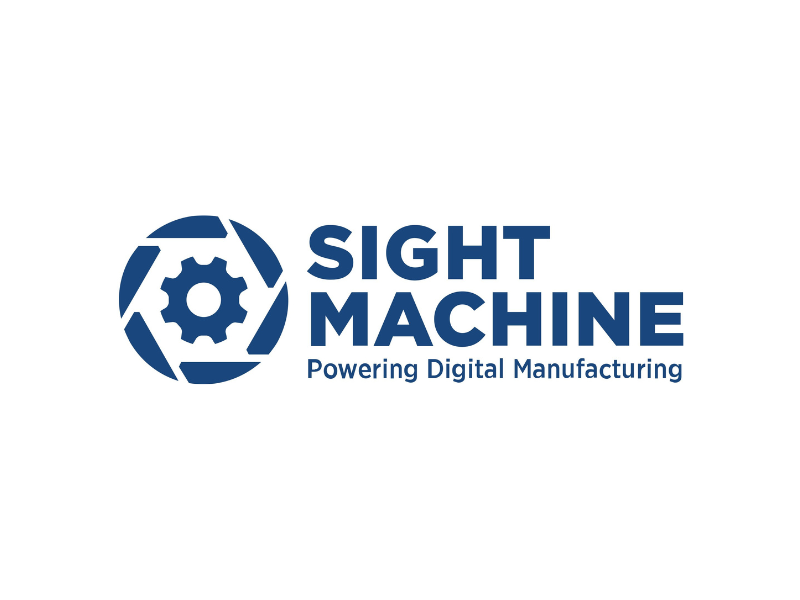Sight Machine Inc., the leading industrial AI data platform, has officially announced its integration with NVIDIA Omniverse, which happens to be a platform focused on developing applications for physical AI and industrial digitalization. According to …
Sight Machine Inc., the leading industrial AI data platform, has officially announced its integration with NVIDIA Omniverse, which happens to be a platform focused on developing applications for physical AI and industrial digitalization.
According to certain reports, the integration makes it possible for manufacturers to tap on-demand NVIDIA AI computing power on Microsoft Fabric for real-time 3D visualization of line performance, rapid troubleshooting, and root cause analysis. More on that would reveal how such a setup paves the way for frontline factory workers to access AI simulations and advanced modeling of how process and machinery changes will impact production.
The integration of NVIDIA Omniverse technologies into Sight Machine’s Factory Operate, a set of applications for operators, also empowers plant operators with a single screen which, on its part, combines interactive views of the production process with the ability to drill down into the data for any KPI, line, machine, or sensor.
Such a setup treads up a long distance to slash downtime, seamlessly manage changeovers in raw materials and SKUs, give operators the access of on-demand guidance, optimize production through AI-driven centerlining, as well as prevent problems before they occur.
“In industries ranging from food & beverages to automotive to chemicals and more, Microsoft and Sight Machine are working together to bring manufacturers unprecedented improvements in their operations,” said Indranil Sircar, CTO of Manufacturing & Mobility at Microsoft.
Taking a deeper view of what Sight’s Factory Operate technology will bring in the current context, it will enjoy, for starters, the support of three industry-leading technologies i.e. NVIDIA Omniverse; Microsoft’s Cloud for Manufacturing, Fabric and AI; and Sight Machine’s Manufacturing Data Platform.
As a result of that, it should be able generate system-level understanding. This involves unlocking AI-driven analytics for understanding system performance, downtimes, and bottlenecks.
Next up, there is the potential for comprehensive assessment. Here, the idea is to analyze the impact of capacity-limiting assets and tracing downtime origins of specific PLC faults and KPIs.
Another detail worth a mention is rooted in a facility dedicated towards root cause analysis, a facility which allows for deployment of advanced analytics to identify and prevent downtimes through built-in alerting and notifications.
Hold on, we still haven’t touched on the availability of human-in-the-loop data. This translates to how end user applications enable human-in-the-loop data labeling, such as notes describing a machine failure, for continuous AI model improvement.
We also haven’t touched on Factory Operate’s mobile-friendly nature that conceives proper optimization for mobile devices, while simultaneously maintaining primary support for kiosks and tablets.
Among other things, we ought to mention how Sight’s proprietary technology can track every step in production, along with how materials are transformed at each production stage, revealing raw material variations, machine settings, and other conditions influence quality, throughput, and downtime metrics.
“The hard part of manufacturing is understanding the root of why you’re not running or why you’re running at a slow speed,” said Brett Frankenberg, SVP, Technology Processes & Systems at Coca-Cola Consolidated. “This is where the Sight Machine industrial AI data platform and its integration with Microsoft and NVIDIA Omniverse technologies is very promising. There are multiple use cases where we can use the insights Sight Machine offers to get better and ultimately run more product.”




